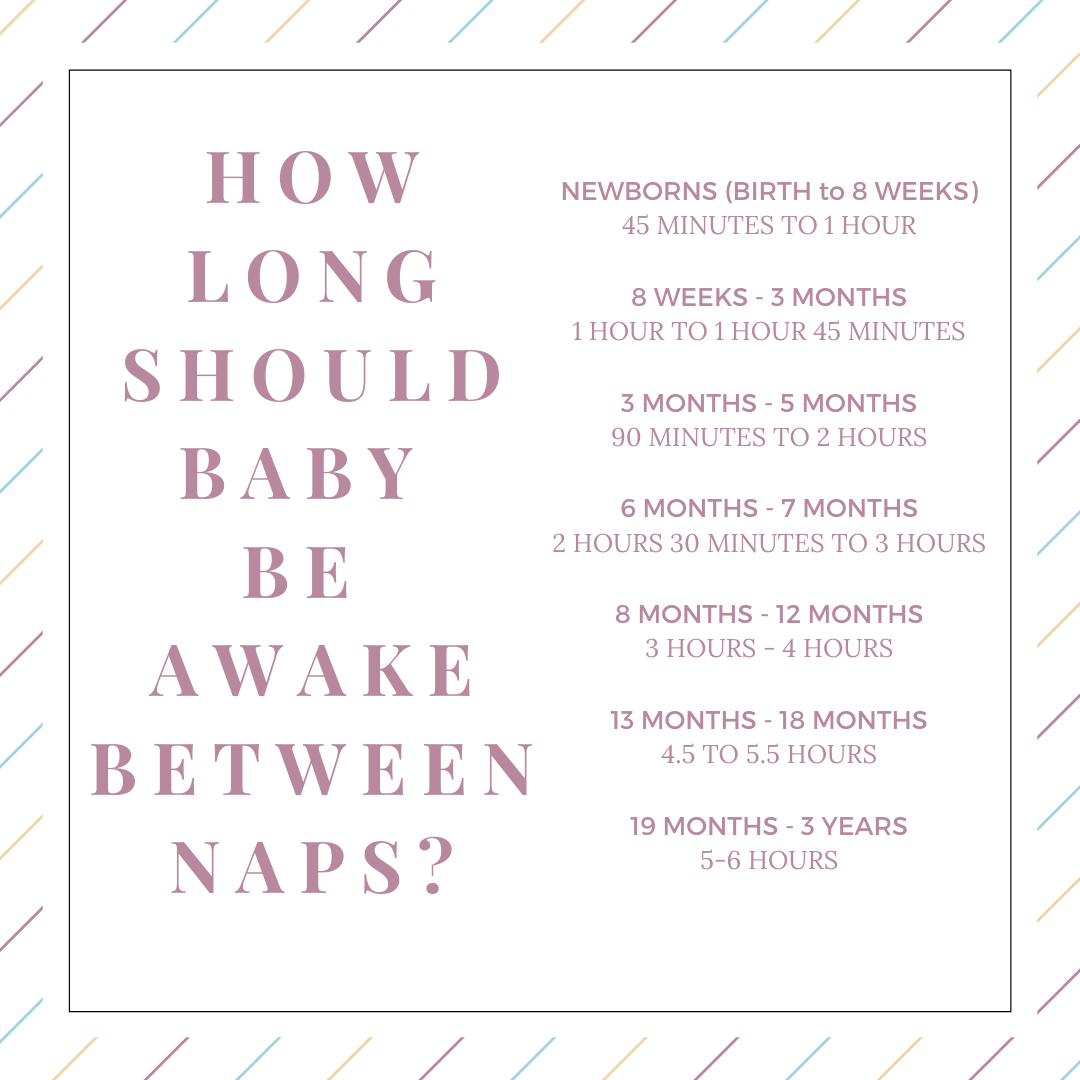As parents, even though we know our kids best, we can still find ourselves spending hours trying to decipher all the new things they are doing… or aren’t doing… like sleeping!
At times we find ourselves in a great rhythm, things are feeling like a well-oiled machine… you think to yourself, dang, I have this parenting thing down pat… and then BAM, your child stops napping or begins fighting their nap(s), waking in the night, and you think hmmm.. teeth? illness? off day?… well, the answer could be yes to all of the above BUT it may just mean they are telling you that they are ready to transition and drop a nap.
That invisible Rolodex that we go through in our mind, playing that “what could it be” game, can get pretty long and confusing and is truly just no fun. We are going to do some of the decipherings for you, removing the guesswork and letting you in on child’s little secret on how they are communicating that it may be time to transition a nap.
So, how do you know if your child is ready to drop a nap?
If your child is anything like our children you may notice your child is taking a long time to fall asleep during naptime or at night.
Some other common signs that can indicate it may be time to drop a nap are:
-
Tears and/or frustration when being put in the crib;
-
Consistently shorter naps;
-
Playing in the crib before falling asleep or not falling asleep at all;
-
Taking longer than their average time to fall asleep;
-
Longer awake times which pushes naps so they no longer line up or don’t have time to fit them into the day anymore;
-
Inconsistent nights or naps throughout the day – bedtime may be okay or their first nap(s) but they are fussing at subsequent naps, this is also a very strong indication
It’s also common to hear parents say, “he does that for a few days in a row, but then on day three, he’ll absolutely crash at his afternoon nap.”
The rule we like to adhere to is this:
-
if your child is fighting a nap four or five times a week;
-
and/or having a hard time falling asleep at bedtime;
-
and/or beginning to wake in the early morning and seem to be done sleeping,
It’s probably a good time to make the switch. Developmental milestones can cause some disruptions which might make you think that baby’s ready when they’re actually not, so it’s good to be sure this is the pattern for a minimum of two weeks before making any big changes.
Generally, we are not ones to recommend less sleep, but there’s no getting around the fact that, as babies get older, they don’t need as much shut-eye as they do when they’re newborns.
Another common thing parents see when their child is transitioning and dropping a nap is that they are showing “sleepy” signs at their regular nap time. This is common as their body clock is telling them that they are ready to sleep but their sleep pressure has not built enough to allow them to fall asleep quickly and to stay asleep by connecting their sleep cycles. Do you ever begin yawning around 6:00 -7:00 pm? I bet if you tried to go to bed at this time your body would have a hard time falling asleep and most certainly staying asleep for the night (unless we are unwell). It is the same thing for our children, just on a smaller scale.
When making these changes we always want to remember, your child’s body can begin to handle extended awake times (timing is age dependent) which can help balance out their day and allow them to fall asleep quicker/sleep more soundly.
See our Sleep Schedule Guide here for appropriate awake times and sample schedules based on your child’s age.
Ok, so now what? How do I make the change?
Here are some steps to follow to help ease your child into this change gently while respecting their sleep needs and requirements and keeping on a familiar schedule. Below will include the average age we see this transition however it is important to remember that some children will do this sooner and some children will do it later then others. If ever in doubt… reach out!
4 Naps to 3 Naps
We typically see this transition occur around the 3.5 – 4.5 month mark.
-
Nap times can be adjusted by 15-30 minutes to bridge the gap in daytime hours.
-
If nap schedule was 8:30am, 12pm, 3pm, 5:15pm, the new schedule should be in the range of 8:30/9:00am, 12:30/1:00pm and 3:30/4:00pm. You can base this on the wake time for the day and the recommended wake time window of 2 hours.
-
In order to make the transition, push the naptime back by 15 minutes a day for three days (example: if nap was 8:30am, go to 8:45am for three days). Continue pushing the time back 15 more minutes every three days until the desired naptime is achieved.
For some children, this instantly improves nap length or for some children, it decreases nap length in the beginning due to over-tiredness. If nap length decreases, a fourth nap in the car or stroller can be used temporarily to take the edge off before bedtime.
This is meant to be just a short catnap of 15-20 minutes. See below for an average 3 – Nap Schedule:

3 Naps to 2 Naps
We typically see this transition occur around the 6 to 7 month mark.
-
Nap times can be adjusted by 30-45 minutes to bridge the gap in daytime hours.
-
If nap schedule was 9am, 12:30pm, and 3:30pm, the new schedule should be in the range of 9:00/9:30am and 2:00/2:30pm. You can base this on her wake time for the day and the recommended wake time window of 3-4 hours.
-
In order to make the transition, push the naptime back by 15 minutes a day for three days (example: if nap was 9 am, go to 9:15 am for three days). Continue pushing the time back 15 more minutes every three days until the desired naptime is achieved.
For some children, this instantly improves nap length or for some children, it decreases nap length in the beginning due to over-tiredness. If nap length decreases, a third nap in the car or stroller can be used temporarily to take the edge off before bedtime.
This is meant to be just a short catnap of 15-20 minutes. See below for an average 2 – Nap Schedule:

2 Naps to 1 Nap
We typically see this transition occur around the 13-month mark.
-
Start by moving the morning nap later by 30 minutes.
-
If they usually nap at 10 move it to 10:30, do this for three days, allowing the child to sleep for as long as they like. Whether the child is napping well in the afternoon or not make sure they still have a quiet time in their crib around 2:30. It will help take the edge off until bedtime.
-
Leave him in the crib for one full hour (they may not sleep), if they do, don’t sleep past 3:30 – 4 to keep bedtime on track
-
If they don’t sleep move bedtime to 6:30pm
-
-
On day 4 move morning naptime back another half an hour to 11:00am. And continue with this time for the next three days (giving quiet time in the afternoon as noted above).
-
Day 7 move naptime back half an hour to 11:30am for yet another three days. Likely no time for quiet time in afternoon, remember to put them to bed early if needed.
-
Day 10 move your baby’s naptime to 12pm. This means that you might have to move lunchtime up to 11:30 for a while. Don’t be surprised if your little one starts nodding off in the highchair for a few weeks.
Naptime will likely be around the 12-12:30 mark for several months. It can take up to a month to fully adjust to one nap. A 1 pm naptime is more common around 2 years of age, until then 1 pm is likely too late and your child will become overtired.

Commonly around 2.5 – 3 years old some children will start to show signs they are ready to drop their naps completely. It can be tough on everyone because often they still desire the nap mid-day but it causes problems at bedtime or in the early mornings.
1 Nap to No Nap
-
Typically around 2.5 – 3 years old.
-
Pick a day when you can provide additional support for a few days and jump right in.
-
We won’t lie; this change will be hard on everyone for 5-10 days.
-
Your toddler will be grumpy, and sensitive and will need additional patience and support from you.
-
Expect to potentially pull their bedtime back to 6:30 pm for the first few days and then slowly you can move it closer to 7 pm (this is our recommended bedtime).
Remember, this change is a big one and their bodies will need time to adjust fully to the change.
Here is a sample schedule of what you can expect your day to look like:

The same rules apply at any stage when dropping a nap…
Moving bedtime earlier by 30 minutes for two weeks can help with the gap in time and prevent overtiredness. Even though 6:30 pm may seem far too early for bed, it is only for a few weeks to help get through this transition. Recommended standard bedtime is around 7 pm.
Remember it takes the body 4 to 6 weeks to fully adjust to a significant change in sleep patterns; so don’t expect your child to adjust immediately. To help with morning grumpiness try taking him outside or giving him a snack (if of the age). If it seems that naps are getting shorter or more difficult, please stick with your plan even though your baby may seem a little cranky.
It is always important to remember where our children are developmentally and what age-appropriate awake time windows we should be respecting when transitioning a nap… and well… for ALWAYS!

When we respect our children’s awake times, not only does it make sleep come easier, but it also just makes for happier children, which makes us happier parents!
They say the days are long but the years are short and gosh… isn’t that the truth. Before you know it your little one will have overcome this hurdle and be working through their day around this new schedule. Once your heart gets over the fact that your baby is growing up in the blink of an eye, you’ll be able to enjoy a little time off and a more flexible daily schedule.
As always, please let us know if you need any assistance as we would love to help!
Sleep tight,
Brooke & Loren
Bedtime Beginnings is a team of Pediatric & Adult Sleep Consultants from Southwestern Ontario, Canada. We help exhausted parents teach their infants & toddlers to sleep well every night with gentle, customized solutions and both group and private coaching options, so your family can all be at their best. Our team can support families in home and also virtually around the globe to ensure everyone is sleeping their best.
Follow us on Instagram for more tips to help you and your family get back to sleeping well each night, you deserve it.
If you haven’t been sleeping well please reach out for a friendly no-obligation phone call to help you and your family get back the rest you deserve.
